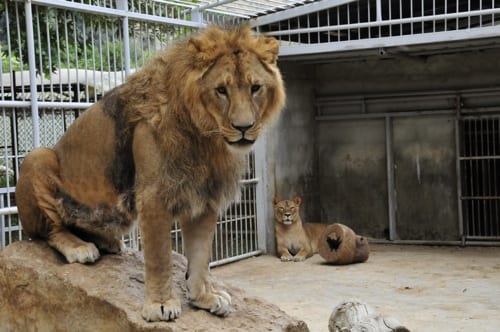Review: Mark Hawthorne’s “Bleating Hearts.”
 By Rowan Wolf, Cyrano’s Journal Today
By Rowan Wolf, Cyrano’s Journal Today
Mark Hawthorne’s book “Bleating Hearts: The Hidden World of Animal Suffering” is scheduled to be released by the end of November. It is a book that has multiple uses. First is that it reveals the conditions under which animals live (and die) in world today. It clearly shows the ideology that places animals in a different and exempt category from humans. As such, this book challenges this ethic of cruelty.
Second, this book serves as an encyclopedic reference work for anyone who is researching the treatment of animals across different “industries” and multiple cultures.
Third, after explicit and exhaustive examination of the existing ethic which assumes a lack of sentience on the part of non-human beings, Hawthorne explores pathways to “moral parity.” In this chapter, Hawthorne poses some questions to a number of ethicists, activists, and philosophers starting with “Why do some people care so deeply about the suffering of animals, while other people ignore this suffering or even cause it?”. The discussions are enlightening, and perhaps point to a more humane world. To not give away the ending, part of that discussion points to correlations with civil rights movements.
[pullquote] “Most of us, in other words, are trapped in cultural and social and economic frameworks that nurture unthinking behavior.”[/pullquote]
The relationship between humans and animals is complex, in that humans can be moved to great emotion and even sacrifice for animals in the singular (their pets, whales trapped in the ice, a deer with a jar stuck on its head), yet be immune (and seemingly blind) to the condition of animals in the collective (factory farming, genocidal hunts, shark finning, etc.). I think that part of the answer lies in a quote from James McWilliams in the final chapter of the book: “Most of us, in other words, are trapped in cultural and social and economic frameworks that nurture unthinking behavior.” (481)
This is not a book for the faint of heart. It can leave one in tears of pain and frustration. However, it could also move people to confront the blindness and cruelty and take action towards the “moral parity” that Hawthorne struggles with in the final chapter.
Mark Hawthorne is the author of Striking at the Roots: A Practical Guide to Animal Activism (Changemakers Books), and is a frequent contributor to VegNews magazine. He and his wife Lauren live in California.
ABOUT THE REVIEWER
Rowan Wolf is editor in chief of Cyrano’s Journal Today.
Oregon resident, and animal lover, Rowan is a sociologist by training and passion, and has a doctorate in sociology. She teaches sociology at Portland Community College. Her primary interests are social justice, environment, and corporatization, and a lot of her writing focuses where these issues overlap.






